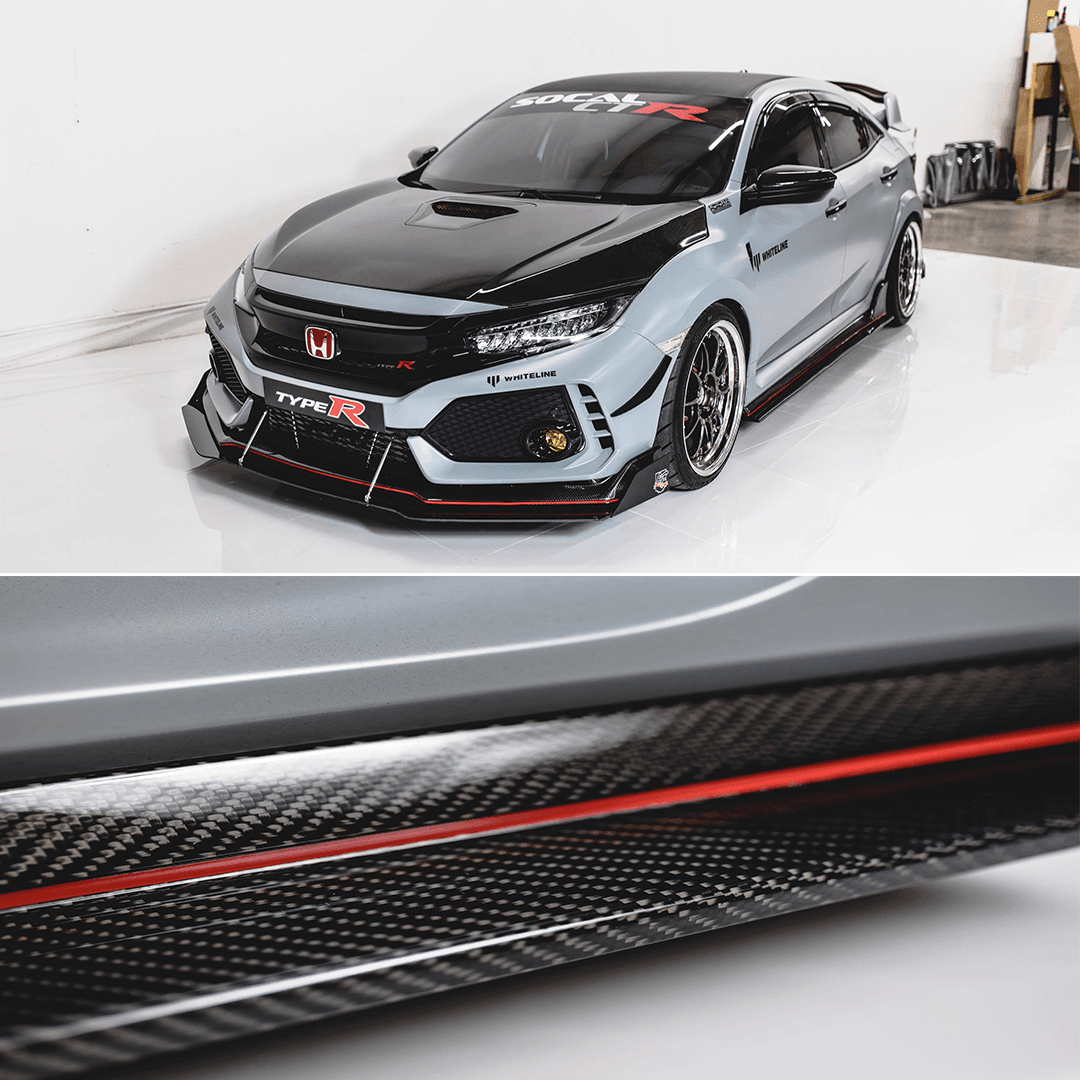

Unlike most cars’, the aperture through to the back seat is more-or-less oval, rather than the usual rectangle. Release tabs in the boot, but none on the seats, are either useful or awkward depending on where one stands when deciding to lay them down. Such a trial, hey?Īs before, the spare is a full-size alloy wheel and the seatbacks split 2/3:1/3 to fold almost flat. It unlocks remotely by means of the key fob or an inside button, but you still have to lift and close it yourself. Honda also notes 20 percent more boot volume. The rear passenger area offers 55 mm more knee room, making it positively luxurious and headspace is sufficient for most. Redesigned seats have a broader range of adjustments and 20 mm lower hip points. Steering wheel, dash layout, gearshift console and vents are all new. The old parking brake made way for an electrically powered tab that can be either lifted to engage or programmed to do so as you walk away with the key fob. Highlights inside include a completely restyled dash that’s now single-level and digital, with a seven-inch LCD display forming the centrepiece of its audio system. We have no numbers, but the rear screen looks larger too. Civic Sport (our test rig) has an eye-catching wing with built-in brake lamp attached to the boot. The rear end is radically different with remodelled boot lid, new tail lights and number plate panel and fog lamps introduced on the lower corners. The front end looks more aggressive with reshaped grille and lower air intake, new headlamp styling, revised fog lamps and bolder bonnet shaping. Headlamps with LED low- and high-beams are standard on turbocharged models. Further, the steering gear ratio is variable, with 2.2 turns lock-to-lock compared to 3.1 turns lock-to-lock on the previous model.Įxternal features include standard LED daytime running lamps and C-shaped LED taillights. A dual pinion steering system, along with a thicker and more rigid 30 mm diameter steering column, improves steering feel. To minimize NVH the Civic uses fluid-filled suspension bushings. It is also 49 millimetres wider and it stands 20 mm lower. The sedan's wheelbase is now 23 mm longer and its body was stretched by 109 mm. If we might chip in here, ground clearance was reduced from 150 mm to 133 - that’s 17 mm, so don’t be too impressed. Further, the centre of gravity was lowered by 15 mm. Using higher grade steel, the body is 22 kg lighter and it’s stronger than before. It was simply that the CVT transmission worked so much better than previous units we’ve tried. It wasn’t just the tenth-generation Civic’s new look and features on a brand new platform, nor was it the hotter version of a familiar engine. Service plan: 5 years / 90 000 km at 10 000 km intervals Warranty: 5 years / 120 000 km with 3 years’ roadside assistance Real life fuel consumption: About 7.4 l/100 km

Tenth Dan: 2017 Honda Civic 1.5T Sport CVTĮngine: 1486 cc, DOHC, 16-valve, four-cylinder turbopetrol


 0 kommentar(er)
0 kommentar(er)
